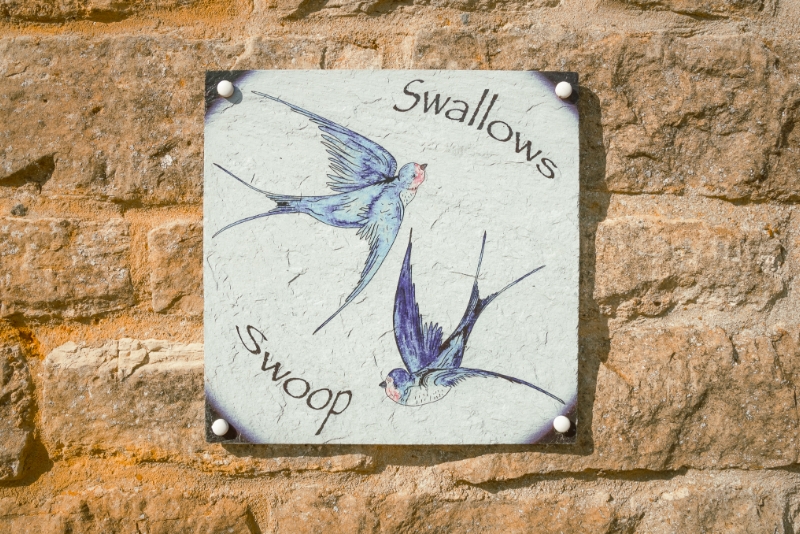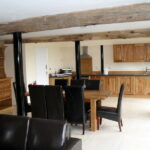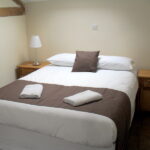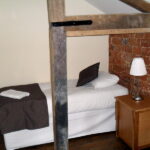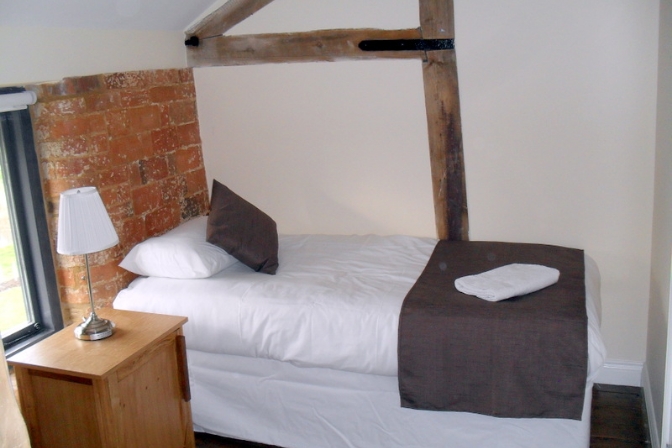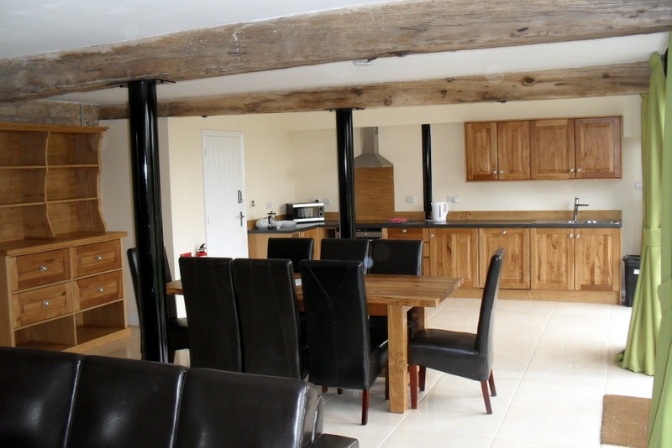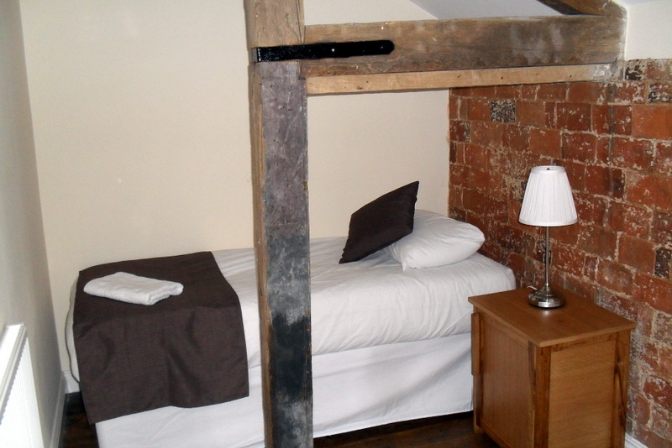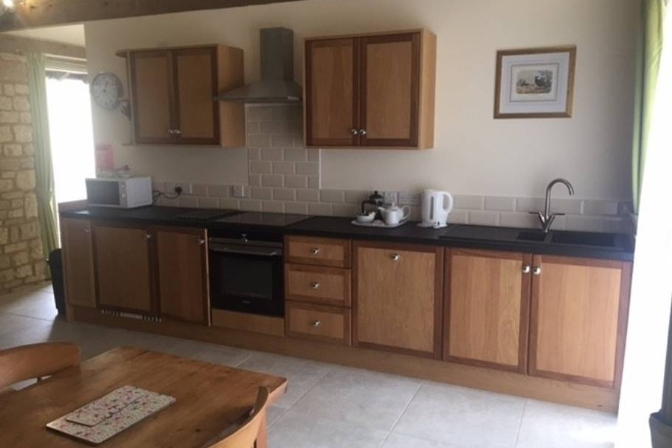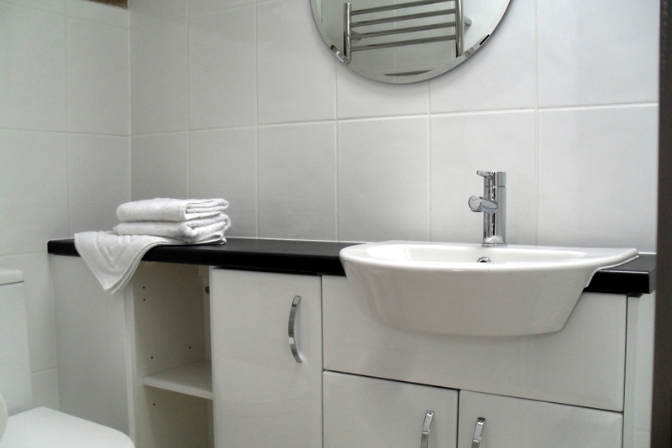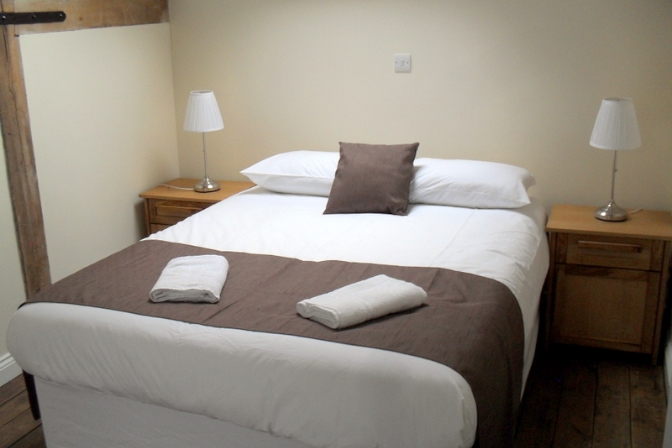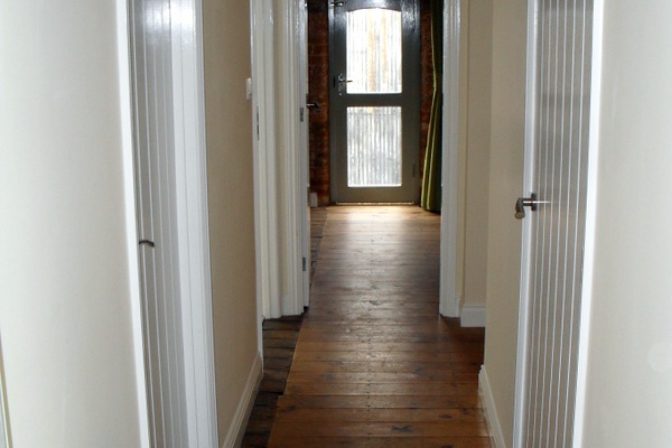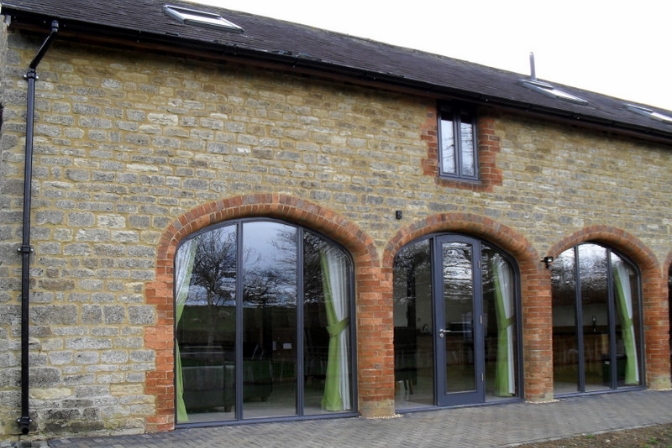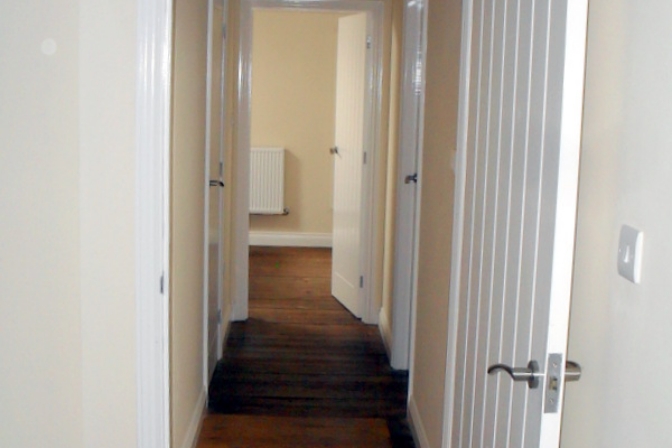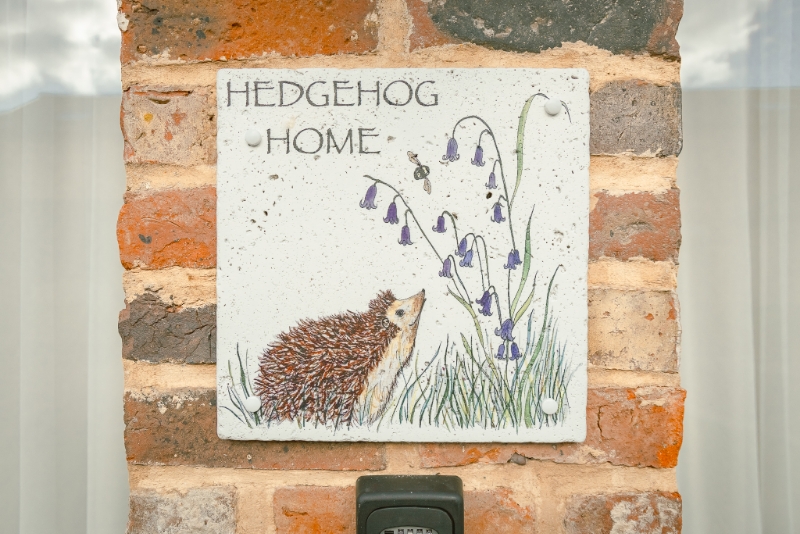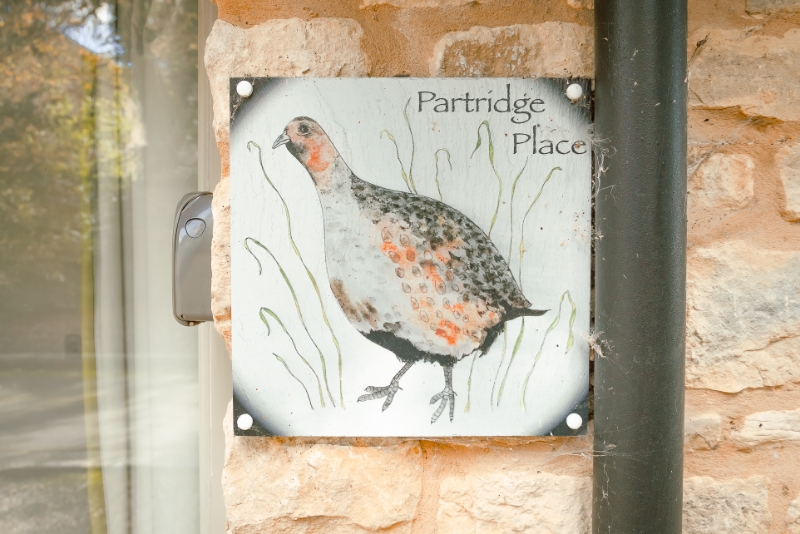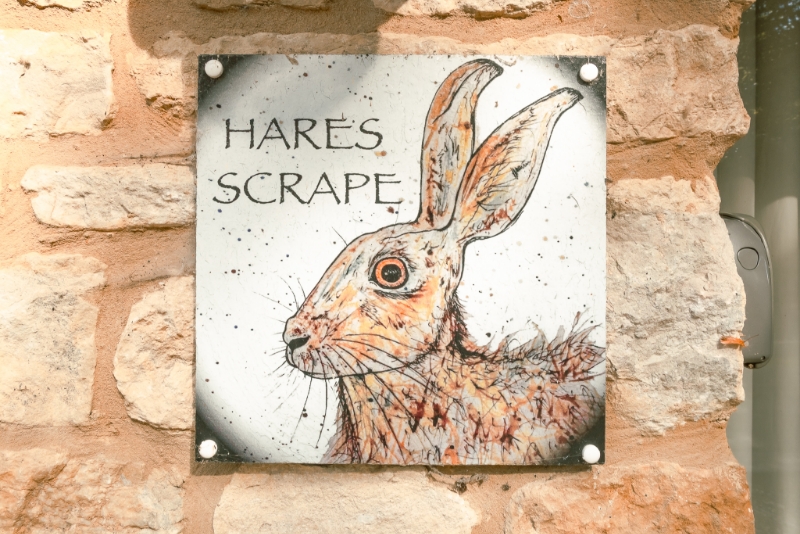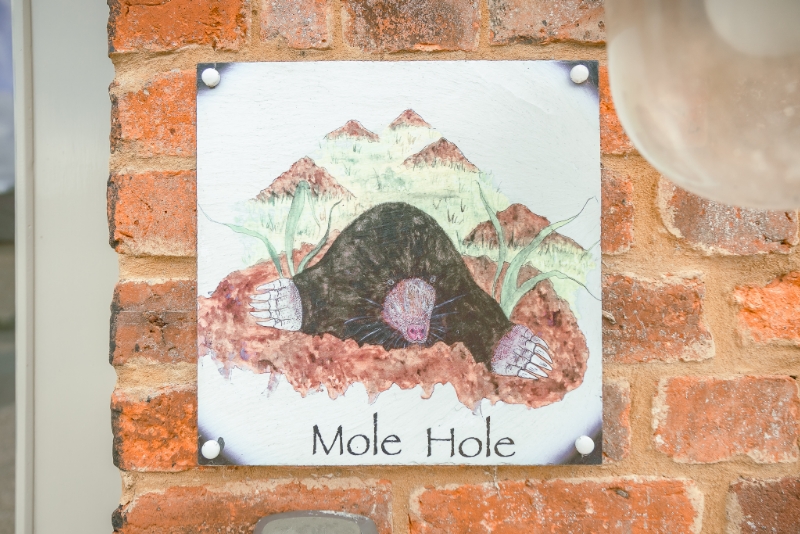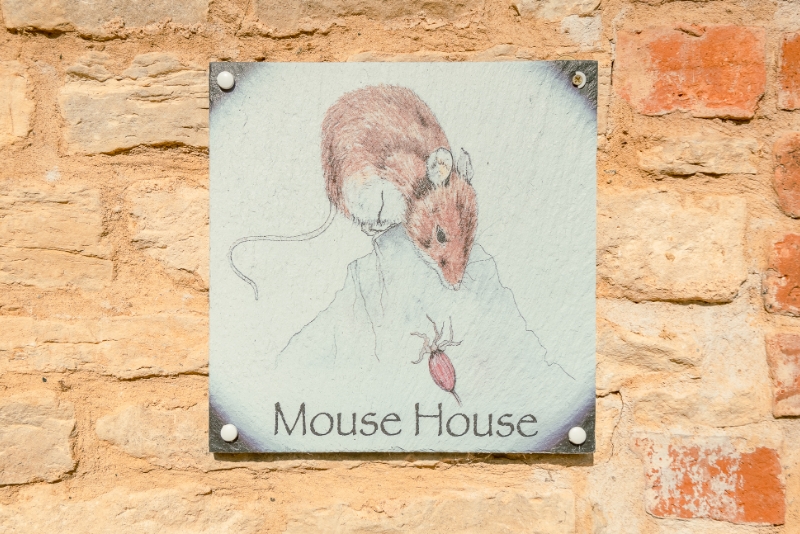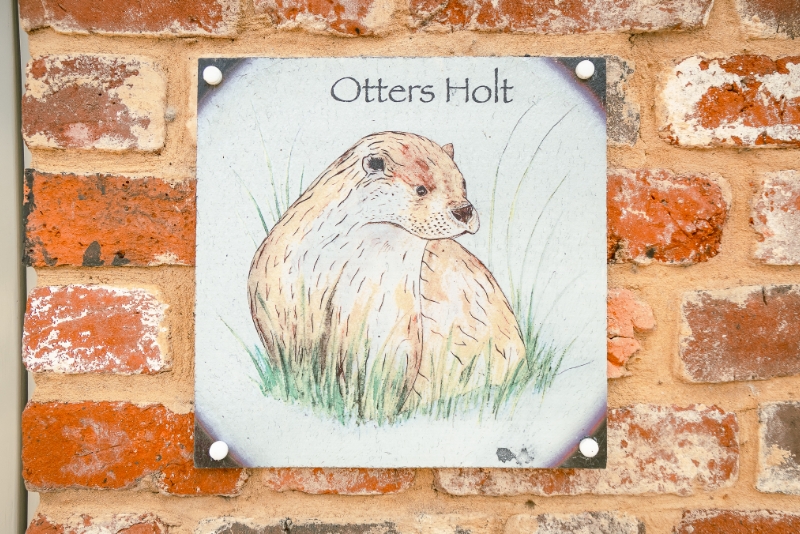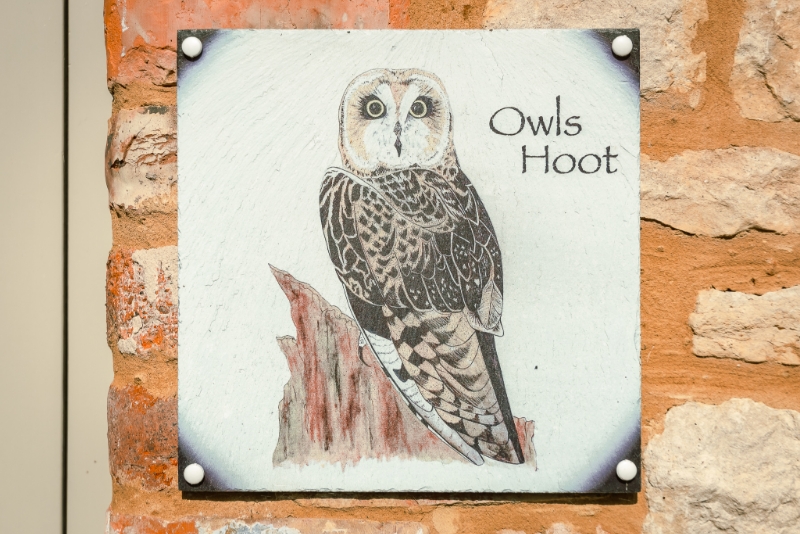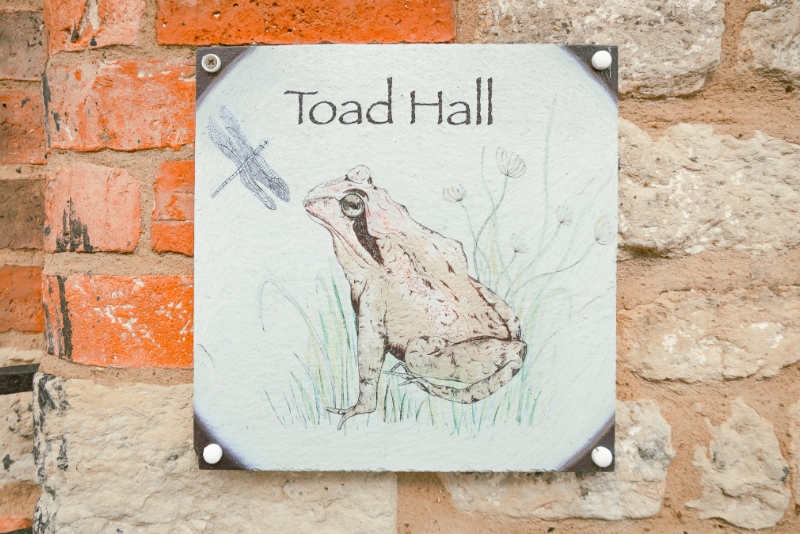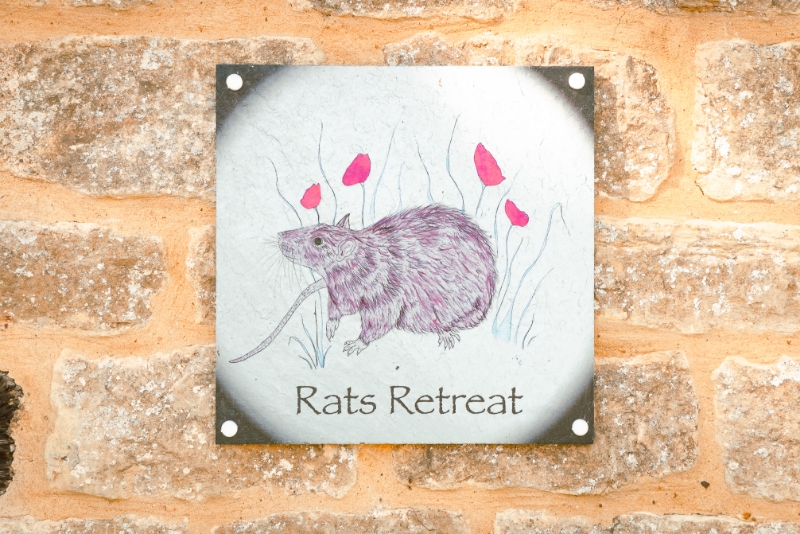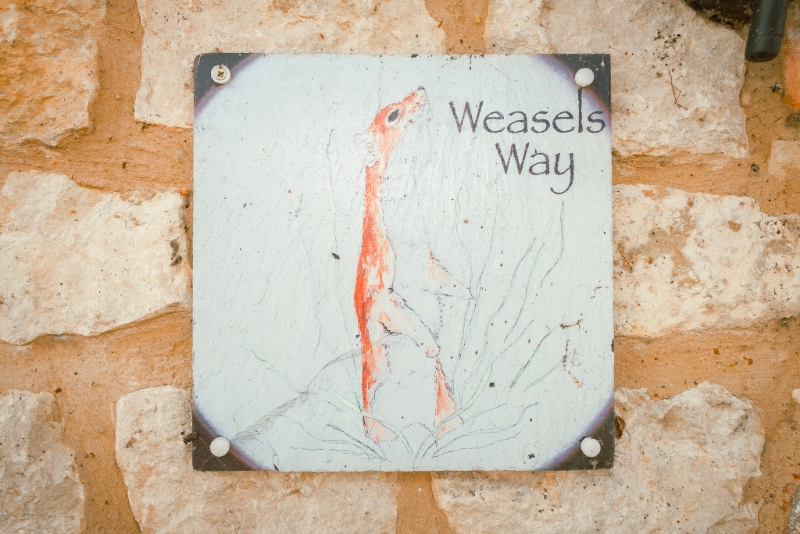Swallows Swoop
Swallows Swoop
Cottage Description
Swallows Swoop offers the perfect countryside holiday for families or large groups. Features two floors with four bedrooms, cosy beds, and a modern open-plan living area downstairs, you have everything you need to escape from reality and enjoy the countryside.
What’s Included
-
Swallows Swoop, from £238.90 per night
What Makes Swallows Swoop Special
Swallows Sweep incorporates many core features of the original farm. We’ve maintained the beautiful cart arches through clever design, turning them into double-glazed windows. These fill the rooms with ample light, enabling guests to view the surrounding scenery.
Several rooms showcase exposed brick and wooden beams, bringing a historical charm to Swallows Sweep. Outside, you can enjoy the cobbled courtyard, pond and wishing well, children’s play area or communal BBQ facilities.
Swallows Swoop Gallery
What Did Our Guests Think?
Explore Our Other Holiday Cottages
Hedgehogs Home
Our newest self-catering cottage is a relaxing and restful spot for solo travellers or couples. Hedgehog Home is the perfect countryside getaway, offering an open-plan kitchen, dining, and living area and a peaceful night’s sleep in its king-sized bedroom with an ensuite.
Partridge Place
Partridge Place is one of our unique countryside stays within Tove Valley’s old dairy building. Complete with an open-plan kitchen, dining and living area; you can serve up your favourite meal in the fully equipped kitchen and enjoy a restful night in the cosy king-sized bed.
Hares Scrape
If you’re looking for a peaceful countryside getaway, Hares Scrape is for you. Whether you’re looking for a stopover or settling in for a few days, you can enjoy all the home comforts this self-catering cottage has to offer, including a king-sized bed, ensuite shower and spacious, open-plan living area.
Mole Hole
Mole Hole is a cosy one-bed, self-catering cottage for a solo traveller or couple to snuggle into. Set on one level, you can enjoy views straight onto our stunning courtyard, where you can enjoy alfresco dining or take a short walk to the communal patio and BBQ areas.
Mouse House
Mouse House offers a cosy nook for one or two guests. With exposed brick, wooden beams and underfloor heating, you can feel right at home in this intimate cottage. There’s also an ensuite bathroom, an open-plan kitchen-diner, and views of our beautiful courtyards.
Foxes Den
Foxes Den is the perfect spot for a family or group of friends. The main bedroom includes a king-sized bed, while the second bedroom is fitted with adult-sized bunk beds. With an open-plan living area, this spacious self-catering cottage ensures your group has plenty of room to feel at home.
Otters Holt
A single-storey, self-catering cottage fully equipped to house a family or small group of friends. For groups who love to spend time together, make the most of the open-plan kitchen-diner-living room that leads out onto the communal courtyard. Creating plenty of space to recreate wonderful memories.
Owls Hoot
Owls Hoot is one of our ground-floor, self-catering cottages, comfortably making room for a family of four. With two bedrooms, you can enjoy a peaceful night’s sleep, enjoy meals together in the bright, airy kitchen/diner, or step outside your front door onto a beautiful courtyard and children’s playground nearby.
Badgers Sett
This modern, self-catering cottage is the perfect staycation for families and friends. With three bedrooms, there’s plenty of space to rest your head and a large ground-floor area to cook, entertain or settle in for the night. With 360 views of the beautiful countryside, enjoy the outdoor courtyard and BBQ facilities, too.
Pheasants Roost
As one of our larger self-catering cottages, Pheasants Roost has everything you need for a delightful country getaway. With two bathrooms, modern features, and an extremely spacious kitchen-living area, there’s plenty of room for a family or group of friends looking for a Northampton countryside staycation.
Toad Hall
In the heart of the beautiful Northampton countryside sits the perfect staycation destination. Toad Hall comfortably hosts up to six guests – ideal for families or a friend’s getaway. Enjoy the home comforts of cosy beds and a spacious ground floor ideal for hosting. Or, step outside and enjoy the scenic views.
Rats Retreat
Rats Retreat is ideal for families or larger groups seeking a little extra space. While maintaining its unique structural features, you’ll love the modern interior of the open-plan living, dining, and kitchen space. Its full-length, arched windows frame the farm and pond outside and emit heaps of natural light into your holiday home.
Swallows Swoop
Swallows Swoop offers the perfect countryside holiday for families or large groups. With four bedrooms, cosy beds, and a modern open-plan living area downstairs, you have everything you need to escape from reality and enjoy the countryside.
Weasels Way
One of our largest self-catering cottages, Weasel Way, offers a stunning country retreat for families and groups. Inside, it boasts strikingly high ceilings, floor-to-ceiling windows, and elegant interiors. For the chef in the group, the open-plan kitchen/living area is the perfect spot for entertaining.
Prices start at: £253 per night
Details
- Guests: 8
- Amenities: Bath, Bluetooth Sound System, Internet (Wi-Fi), Kitchen, Outdoor BBQ Area, Pets Welcome, Shower, Towels, TV
- Bed Type: King: 1, Twin: 3
- Beds: 4 Bed
